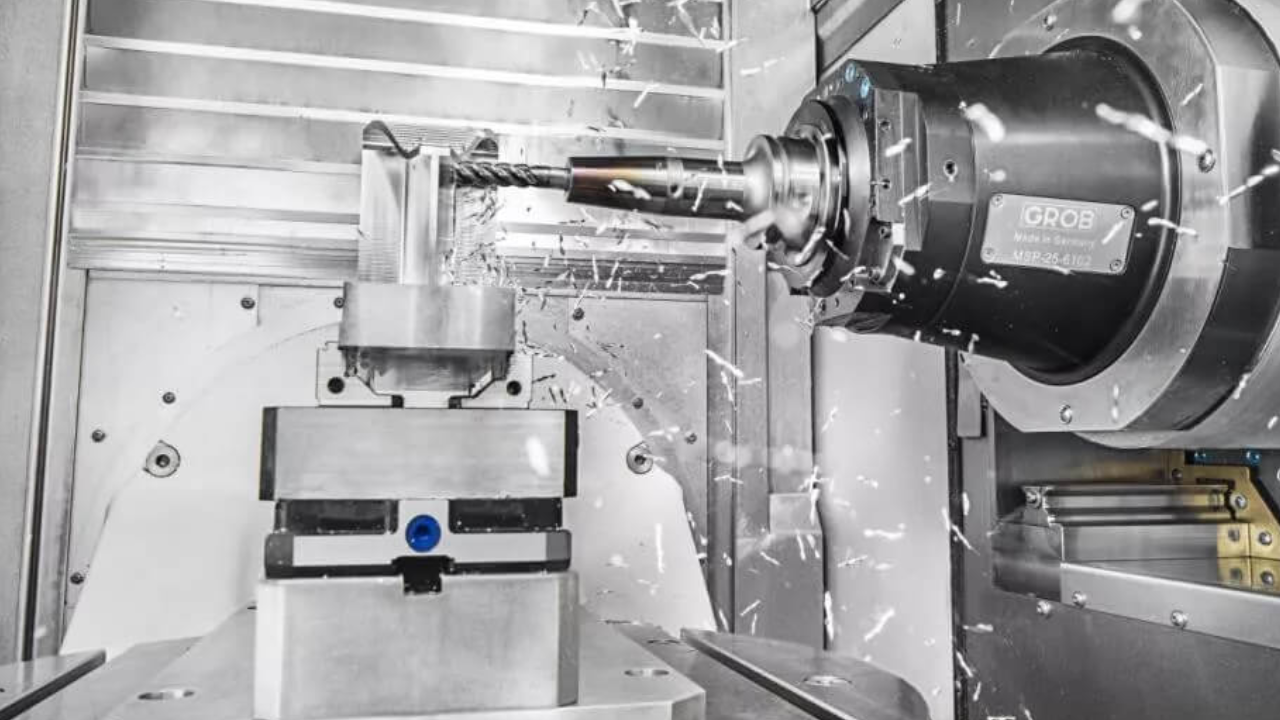CNC machining and milling are two of the key technologies that are changing precise engineering in the fast-paced world of sophisticated production. Unmatched accuracy, adaptability, and efficiency are provided in the manufacturing of components across a variety of sectors by computer-driven processes such as milling and computer numerical control (CNC) machining.
For raw materials to be precisely shaped, these procedures entail the automated manipulation of cutting instruments. This article will delve into the advantages of cnc machining and milling. The capacity to create complex components with precise tolerances has made CNC machining and milling indispensable in a variety of industries, including aerospace, automotive, and medical device manufacturing.
Advantages of CNC Machining and Milling
Computer Numerical Control (CNC) machining and milling have become revolutionary technologies in the constantly changing production scene because they provide unmatched precision, efficiency, and versatility. This article explores the numerous benefits that these cutting-edge procedures offer to a variety of industries, including aerospace, automotive, medical, and more.
Precision and Accuracy
CNC milling and machining are known for their extraordinary accuracy and precision. These procedures are computer-controlled, which means that precise control over tool movements is possible, guaranteeing tight tolerances in component manufacturing. This accuracy is essential in sectors like electronics, aircraft, and medical device manufacture where precise dimensions and standards are fixed.
Efficient Prototyping and a Short Production Run
CNC machining is excellent for producing small to medium-sized component batches and for quick prototyping. Time-consuming setup procedures and tool changes are frequently a part of traditional manufacturing techniques. On the other hand, CNC machines enable rapid iteration and economical manufacturing of small numbers because of their ability to quickly switch between various tools and adapt to new designs.
Automation and Reduced Labor Dependency
CNC machining and milling rely less on manual labor because of automation, which is a fundamental component. Following the setup of the CNC program, the machines can run constantly, increasing productivity and lowering the possibility of mistakes that come with manual work. This leads to a safer workplace in addition to improving productivity.
Complex Geometric Shapes and 3D Machining
Intricate 3D components and complicated geometric shapes can be expertly created with CNC machining and milling. Complicated contours, bevels, and undercuts are made possible by the multi-axis capabilities of CNC machines, which are difficult or impossible to accomplish using conventional machining techniques. With the prevalence of complicated components in industries like aerospace, this expertise is very valuable.
Consistency across Production Run
One of the most important things in generating high-quality components is manufacturing uniformity. By removing variations that may arise with manual operations, CNC machining guarantees that every piece within a production run is identical. In sectors where standardized components are essential to product performance and dependability, such as the automotive and electronics industries, this consistency is critical.
Cost-Effectiveness
Although small- to medium-sized production runs are frequently linked with CNC machining, its effectiveness can also translate into cost-effectiveness for manufacturing at huge volumes. As volume rises, the cost per unit falls after the initial setup and programming are finished. CNC machining is a practical choice for both small- and large-scale manufacturing because of its scalability
Reduce Lead Time
One factor in the production cycle's shorter lead times is CNC machining. Manufacturers can meet deadlines because of the expedited setup process, effective tool changes, and continuous machine operation. This benefit is especially important in sectors of the economy where markets are competitive and wants are changing quickly.
Integration with CAD/CAM Software
One major benefit is the incorporation of Computer-Aided design (CAD) and Computer-Aided manufacturing (CAM) software with CNC machining. CAM software converts CAD-enabled complex digital designs into G-code, which is a language that CNC machines can understand. From the creation of the design to the manufacture of the actual components, this smooth integration improves the productivity of the whole manufacturing process.
Final Thought
Because of the many benefits that meet the changing needs of different industries, CNC machining and milling have completely changed the production environment. CNC machining's integration with cutting-edge technologies like automation and artificial intelligence offers even better efficiency and capacity as technology develops, further establishing its position as a mainstay of contemporary production.


